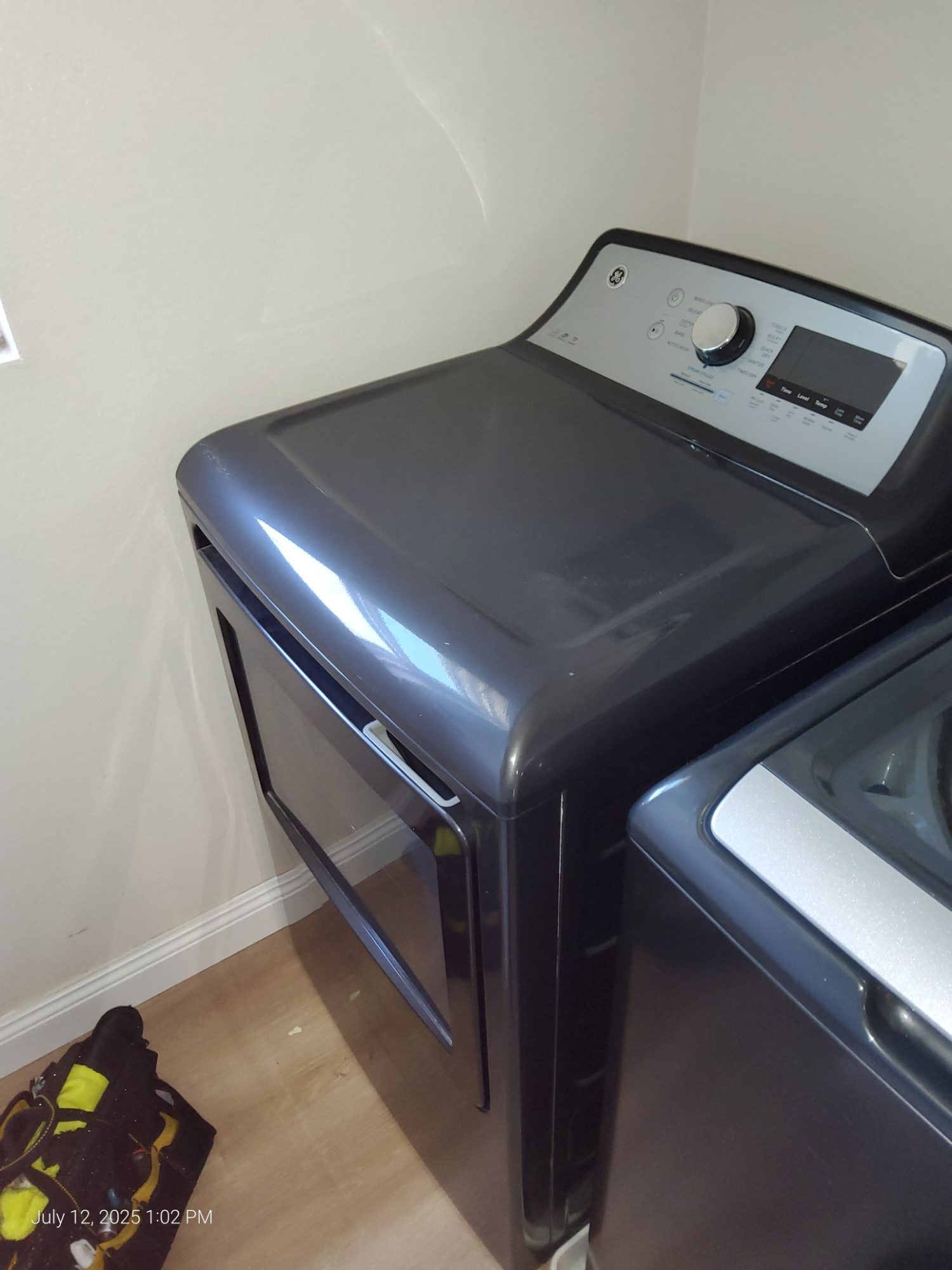
A washing machine is one of the most essential appliances in any household. When it starts malfunctioning, even in seemingly small ways, daily routines can be disrupted. One common issue homeowners face is when the washer fills with water slowly. At first, this may not seem like a major problem, but over time, it can cause longer cycles, wasted energy, and even damage to the appliance. Understanding the root causes of this issue is crucial to resolving it effectively. Two of the most frequent culprits are a clogged inlet screen and low water pressure.